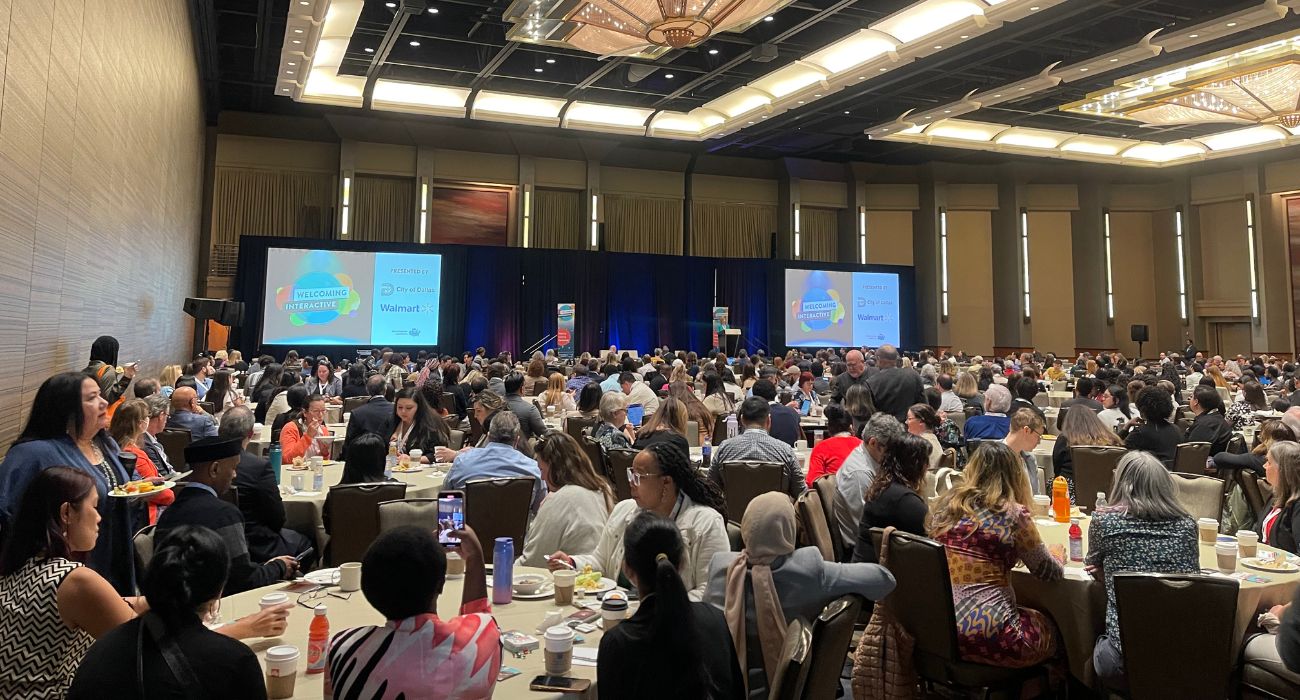Data released last week by the Bureau of Economic Analysis revealed that Americans are saving only 2.3% of disposable income – the lowest level since 2005.
The low savings rate is potentially a troubling statistic because Americans are receiving higher wages on average. For October 2022, disposable personal income increased by .7% or $132.9 billion across the board.
In the short term, David Bahnsen, founder of The Bahnsen Group, expects spending to remain relatively stable. “Wages are increasing, not decreasing, so I do not imagine we are close to a real substantive threat to the consumer,” Bahnsen assured The Daily Wire.
In the pre-pandemic era, Americans saved an average of 7-9% of disposable income. However, the savings rate skyrocketed following stimulus checks between March 2020 and April 2020 up to a maximum of 30%.
Since the stimulus checks, the savings rate has plummeted quickly. As a result, many Americans are turning toward credit and savings to supplement their spending habits. Between January 2021 and October 2022, consumer loans increased by $300 billion after declining slightly in mid-2020.
Americans’ low savings rate and tight budgeting can be seen in shifting spending habits, such as grocery expenditures and Black Friday turnout. For instance, 82% of Americans are cutting back on necessities such as groceries, according to a survey from the Morning Consult, as reported by The Dallas Express.
Beyond the grocery bill, gift-giving may soften in response to the lower amounts of disposable income. As Americans prepare for the holiday season, the National Retail Federation (NRF) expects lower sales growth when factoring for inflation.
Despite experts’ caution that Santa’s bag may be lighter this year, 196.7 million Americans shopped from Black Friday to Cyber Monday. The average shopper spent $325.44 during this timeframe exceeding last year’s average of $301.27, according to the National Retail Federation. After accounting for a 7.7% inflation rate, Americans spent just under a dollar more than last year on the week of Black Friday.
Even if retailers can maintain consistent sales throughout the holidays, low savings rates may mean more long-term risk to Americans.
“A savings rate this low is awful because it exposes households to future distress, it indicates poor defense against tough times, and it removes the building block for future productive investment,” said Bahnsen.






